China is experiencing power shortages in large swathes of southern China, resulting in people’s homes and workplaces not getting enough heat.
As people complained about the lack of heat amid cold weather, the NDRC announced that it had begun banning imports of Australian coal on Dec. 12, according to state media reports.
The two countries are in a trade dispute following Australia’s demands for an international investigation into the origin of the COVID-19 outbreak in China.
Coal is the main source of energy for Chinese power plants, and Australia is the second-largest coal exporter to China.
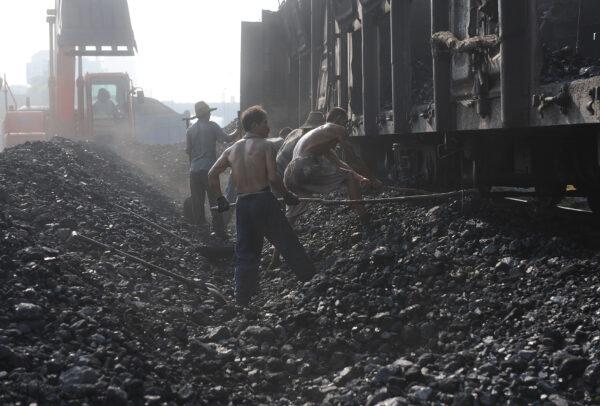
Frozen Winter
Since Dec. 8, the provinces of Zhejiang, Jiangxi, and Hunan officially announced restrictions on people’s use of electricity. In northwestern China, Shaanxi Province announced on Nov. 24 that their electricity production was not sufficient to fulfill people’s needs, but the government did not set restrictions at the time.The Wenzhou government said “high-energy consumption, low output value” firms must stop production during the periods of Dec. 15 to Dec. 19, Dec. 22 to Dec. 25, and Dec. 28 to Dec. 31, in order to conserve energy.
Many private factories, which manufacture many Christmas and New Year-related goods for export, had to close as a result of the new rules, according to media reports.
In Jinhua city, those designated as key enterprises could only operate every other day; “provincial government-promoted” firms can only operate once every two days; and “government-supported” firms can only operate once every four days. All other factories cannot operate until the end of the year.
In Zhejiang, even city government buildings could only turn on the heater if the outdoor temperature goes below 3°C (37.4°F). Heaters cannot be set at temperatures higher than 16°C (60.8°F), according to media reports.
Cities also required that streetlights and any decorations using lights must be turned off, while restaurant owners must turn off the heater and lights immediately after there is no more customers inside.
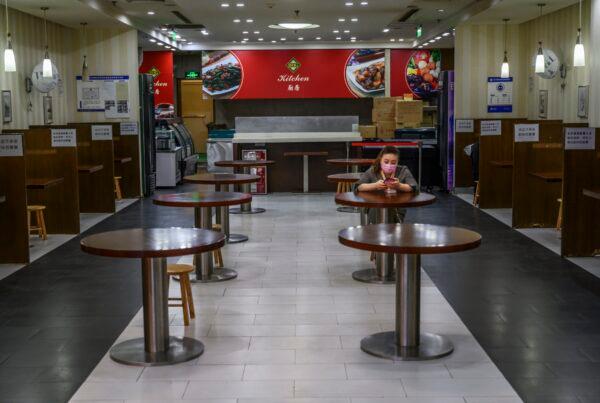
Many complained that their offices were too cold to work inside, while more car accidents and theft was occurring due to the lack of street lighting, according to media reports.
Zhang Xiaojun, deputy general manager of the Hunan Province division of China’s State Grid—the only electricity supplier in China—said at a press conference in the provincial capital, Changsha, that central China would be lacking electricity this whole winter season.
Zhang explained that the thermal power plants were lacking coal; hydroelectric power plants were facing low water levels; wind power plants could not operate fully due to frozen ice on the windmills; and solar power plants could not generate stable and sufficient power.
As a result, all buildings in Hunan had to set their heaters at 20°C (68°F) or lower, and elevators had to stop service. Streetlights were also cut off.
Locals had to climb many flights of stairs to get to their offices, while children and elderly were freezing in the cold—as many households use electric space heaters, according to the state-run China News Weekly.
This week, netizens from Fujian Province and Shanghai complained that their local governments have also started to limit the electricity supply, though there were no public announcements.
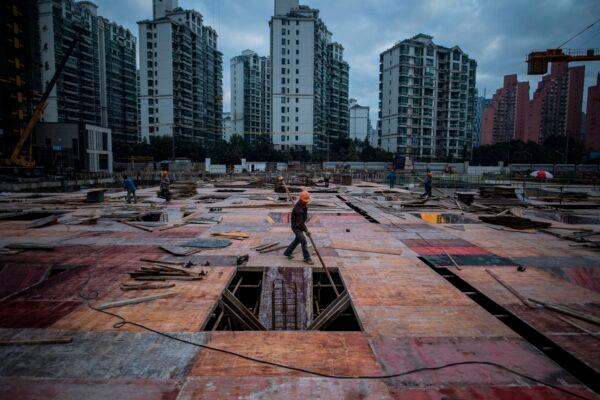
China-Australia Trade Dispute
State-run newspaper Securities Times reported on Dec. 17 that most of China’s thermal power plants are designed to use Australian coals because they are high efficient and low emission. China can produce the same quality coals, but the supplies cannot be shipped quickly due to limits in production and transportation.On Dec. 15, Australian Prime Minister Scott Morrison demanded an official confirmation of the export ban from the Chinese regime.
“If that were the case, then that would obviously be in breach of WTO [World Trade Organization] rules, it would be obviously in breach of our free trade agreement, and so we would hope that is certainly not the case,” Morrison told reporters on Dec. 15.
China soon boycotted Australian wine and beef. Since June, authorities have advised citizens not to visit Australia as tourists, nor go to Australia for studying.
After Beijing implemented a national security law in Hong Kong, Canberra withdrew its extradition treaty with the territory.
Chinese authorities then delaying customs clearances on Australian lobsters, sugar, barley, logs, and copper exports in November. Coal is the latest addition.
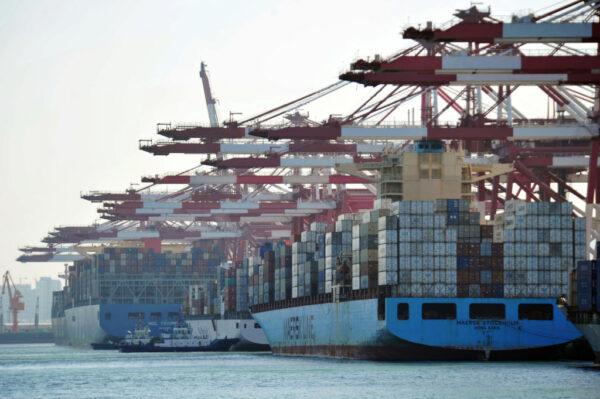
The 82 vessels carried 8.8 million metric tons of coal, valued at 1.1 billion Australian dollars, (about $840 million).
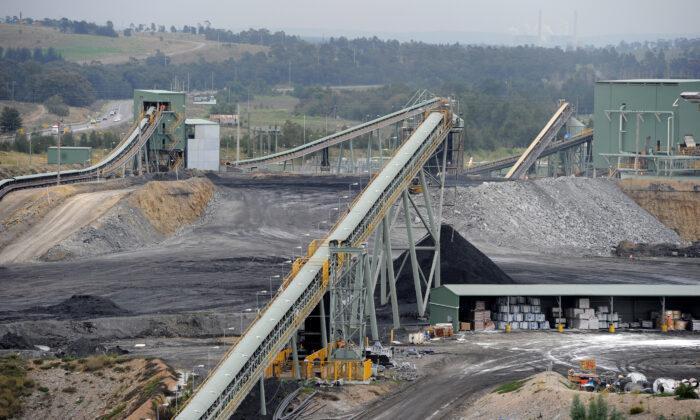

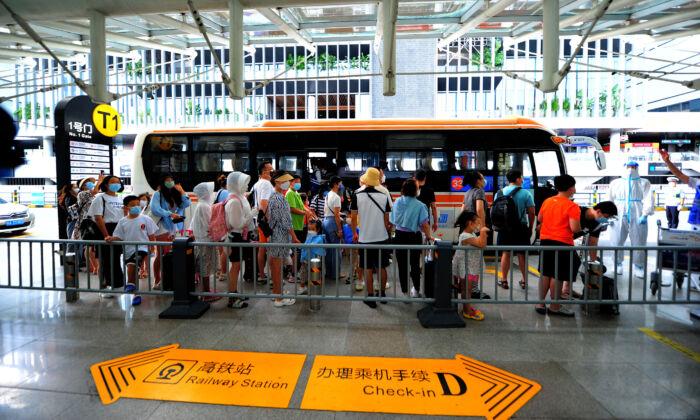
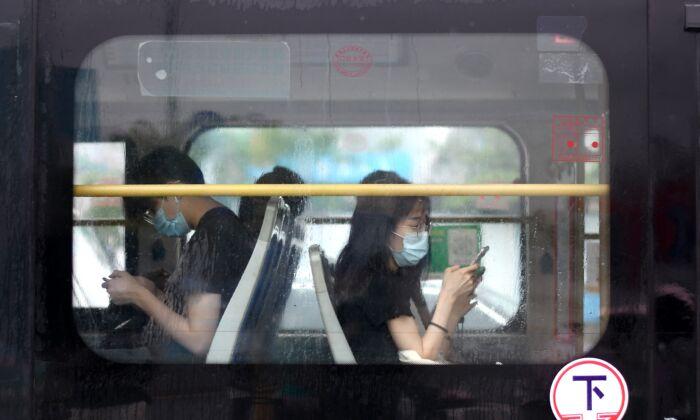

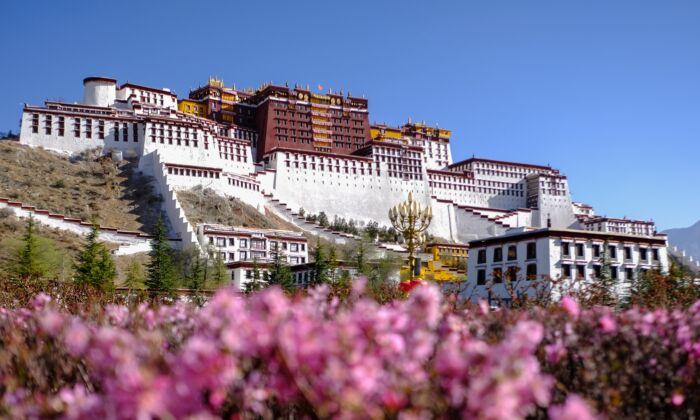
Friends Read Free